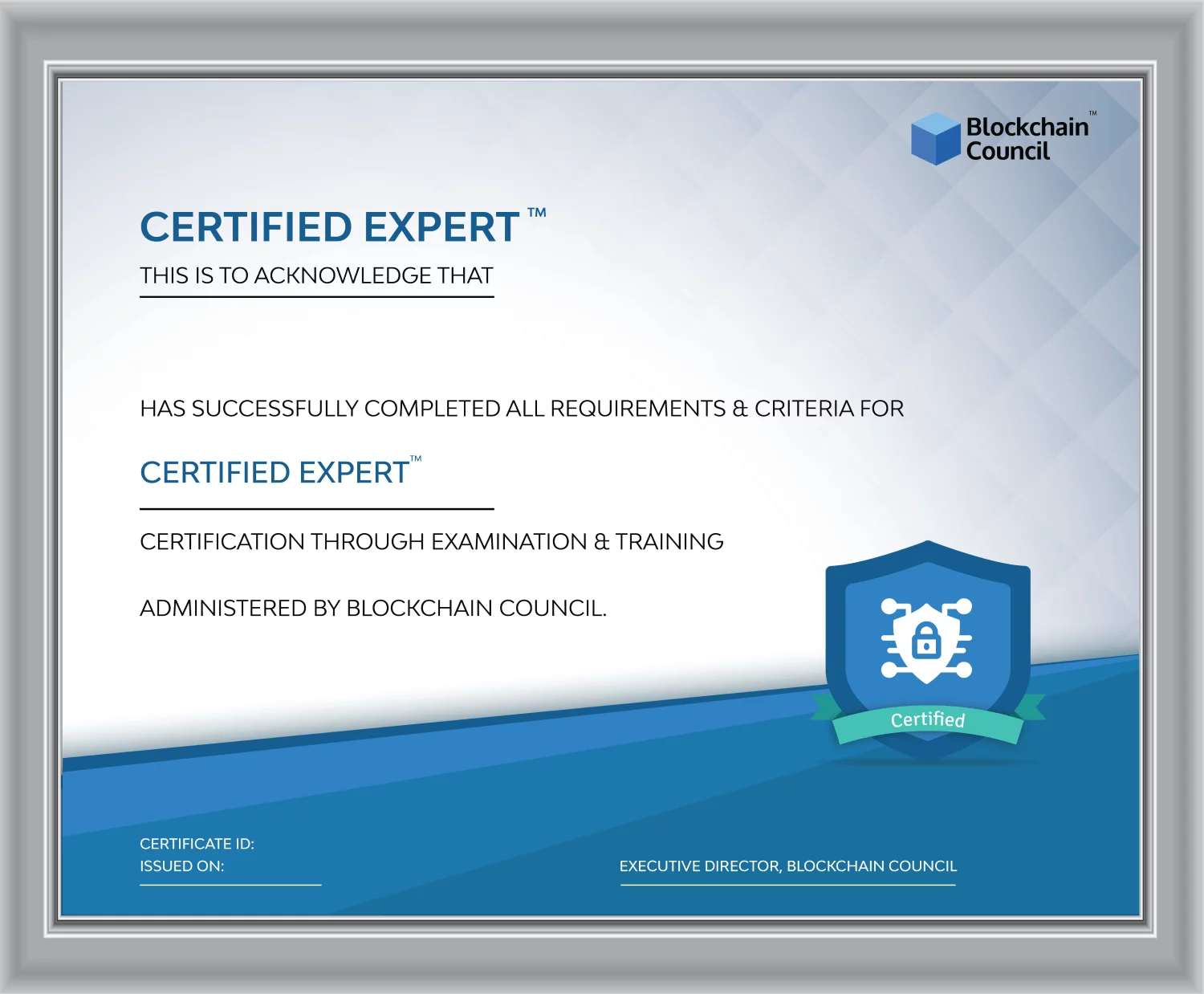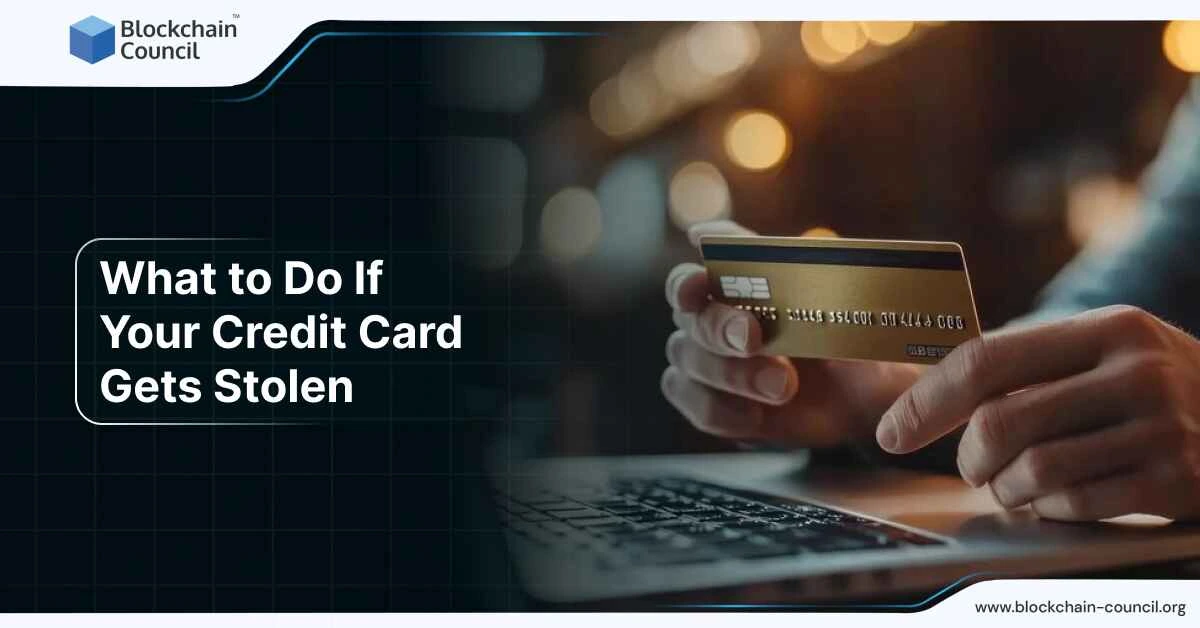
- Blockchain Council
- February 20, 2025
In today’s fast-paced digital world, credit card theft is an unfortunate but common occurrence. Whether your card is physically stolen or your details are compromised online, it is crucial to act swiftly to mitigate potential damage. In this article, we will guide you through the immediate steps you should take if your credit card is stolen, along with tips for safeguarding your personal and financial information.
Table of Contents:
Understanding Credit Card Theft
- What Is Credit Card Theft?
- Types of Credit Card Fraud
Immediate Steps to Take When Your Credit Card Is Stolen
- Step 1: Contact Your Credit Card Issuer
- Step 2: Report the Theft to the Police
- Step 3: Freeze Your Account or Request a Replacement Card
- Step 4: Monitor Your Accounts for Fraudulent Transactions
Preventative Measures to Avoid Future Fraud
- Step 5: Secure Your Personal Information
- Step 6: Use Credit Card Monitoring Services
- Step 7: Update Your Online Shopping Habits
Common Scams and How to Avoid Them
- Phishing Scams
- Skimming Devices
Legal Rights and Protections for Consumers
How Blockchain Technology Can Help Prevent Credit Card Fraud
Final Thoughts
Understanding Credit Card Theft
What Is Credit Card Theft?
Credit card theft occurs when someone fraudulently uses your credit card information without your permission. This could involve physical theft of your card, unauthorized use of your card details, or data breaches that expose sensitive information.
Types of Credit Card Fraud
- Physical Theft: The stealing of your physical credit card.
- Card Not Present Fraud: Fraudulent transactions made online using stolen card information.
- Skimming: The act of copying your card information through devices secretly installed on ATMs or card readers.
Immediate Steps to Take When Your Credit Card Is Stolen
Step 1: Contact Your Credit Card Issuer
The first thing you should do if your card is stolen is to immediately report it to your credit card issuer. Most companies offer 24/7 customer service for such incidents. Contact them and explain the situation. They will cancel your current card and issue you a new one to prevent unauthorized use.
Step 2: Report the Theft to the Police
In some cases, particularly with physical theft, it is important to file a police report. While this may not immediately resolve the issue, it can help in investigating the crime and may be required for certain legal proceedings.
Step 3: Freeze Your Account or Request a Replacement Card
Your credit card issuer will typically provide the option to freeze your account temporarily. This is an effective way to prevent further transactions from occurring. Afterward, you can request a replacement card with a new number to ensure your finances remain secure.
Step 4: Monitor Your Accounts for Fraudulent Transactions
Once your card is canceled and replaced, it’s important to monitor your accounts for any unusual activity. Check your statements regularly and notify your credit card issuer of any unauthorized charges. Many issuers offer alerts or mobile apps that can help you track your spending in real-time.
Preventative Measures to Avoid Future Fraud
Step 5: Secure Your Personal Information
To reduce the risk of credit card theft, always secure your personal information. Avoid sharing your credit card details over unsecured websites or public Wi-Fi networks. Use strong, unique passwords for your online banking and shopping accounts, and enable two-factor authentication whenever possible.
Step 6: Use Credit Card Monitoring Services
Many credit card issuers and third-party companies offer monitoring services that alert you to any suspicious activity. These services can help you identify fraudulent transactions faster and take action sooner.
Step 7: Update Your Online Shopping Habits
When shopping online, ensure that the websites you use are secure (look for “https” in the URL) and reputable. Be cautious of sharing your credit card information on unfamiliar or sketchy websites. Consider using digital wallets or credit card tokenization services, which can provide an additional layer of protection.
Common Scams and How to Avoid Them
Phishing Scams
Phishing scams are attempts by criminals to trick you into revealing your personal information, such as your credit card details. Always be wary of unsolicited emails, texts, or phone calls asking for sensitive information. Legitimate companies will never ask for this information over unsecured channels.
Skimming Devices
Skimming devices are small, discreet devices placed on ATMs or point-of-sale terminals to capture your credit card data. Always inspect the card reader before inserting your card, and avoid using machines that appear to be tampered with.
Legal Rights and Protections for Consumers
Under laws such as the Fair Credit Billing Act (FCBA), consumers are protected against fraudulent charges. In the case of a stolen credit card, your liability is limited to $50, provided that you report the theft in a timely manner. Many credit card issuers offer zero-liability policies, which means you may not have to pay for any unauthorized charges.
How Blockchain Technology Can Help Prevent Credit Card Fraud
Blockchain technology, known for its secure and transparent nature, can be leveraged to reduce credit card fraud. By using decentralized ledgers, blockchain can provide tamper-proof records of transactions, reducing the chances of unauthorized access. Additionally, blockchain-based systems can provide real-time authentication, making it more difficult for fraudsters to gain access to sensitive data.
Final Thoughts
Credit card theft is a serious issue that requires immediate attention and action. By following the steps outlined above, you can minimize the damage and protect yourself from further financial loss. Remember, prevention is always better than cure. Taking proactive measures such as securing your personal information, monitoring your accounts, and using technology like blockchain can significantly reduce the risk of fraud.
Preventative Measures to Avoid Future Credit Card Fraud
| Step | Action |
| 1. Report Theft | Contact your credit card issuer immediately to freeze the card. |
| 2. File a Police Report | Important for physical theft, can aid in investigations. |
| 3. Monitor Transactions | Regularly check your accounts for unauthorized charges. |
| 4. Use Monitoring Services | Opt for credit card monitoring alerts to stay ahead of fraud. |
| Preventative Measures | Action |
| 1. Use Strong Passwords | Secure your online accounts and avoid reusing passwords. |
| 2. Avoid Public Wi-Fi | Never make transactions on unsecured networks. |
| 3. Opt for Digital Wallets | Use a secure payment method instead of credit cards. |
Promoting Blockchain Certifications
If you want to elevate your career or delve deeper into emerging technologies like Blockchain, AI, and Web3, consider the Certified Blockchain Expert™ (CBE) certification from Blockchain Council. This certification equips you with the essential knowledge and skills to excel in the blockchain industry.
In addition, explore the Online Degree in Artificial Intelligence offered by Blockchain Council, designed for those seeking to understand and implement AI solutions effectively in various industries.
Moreover, Global Tech Council certifications like Certified Node.JS Developer™ and Certified React Developer™, along with Universal Business Council certifications like Certified SEO Expert® and Certified Instagram Growth Expert, can help you build expertise in crucial tech domains and grow your career.
By following the steps in this guide, you’ll be well-equipped to handle credit card theft while gaining insights into broader tech skills that can help you stay ahead in today’s fast-evolving digital landscape.
















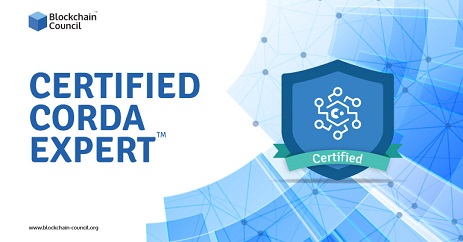

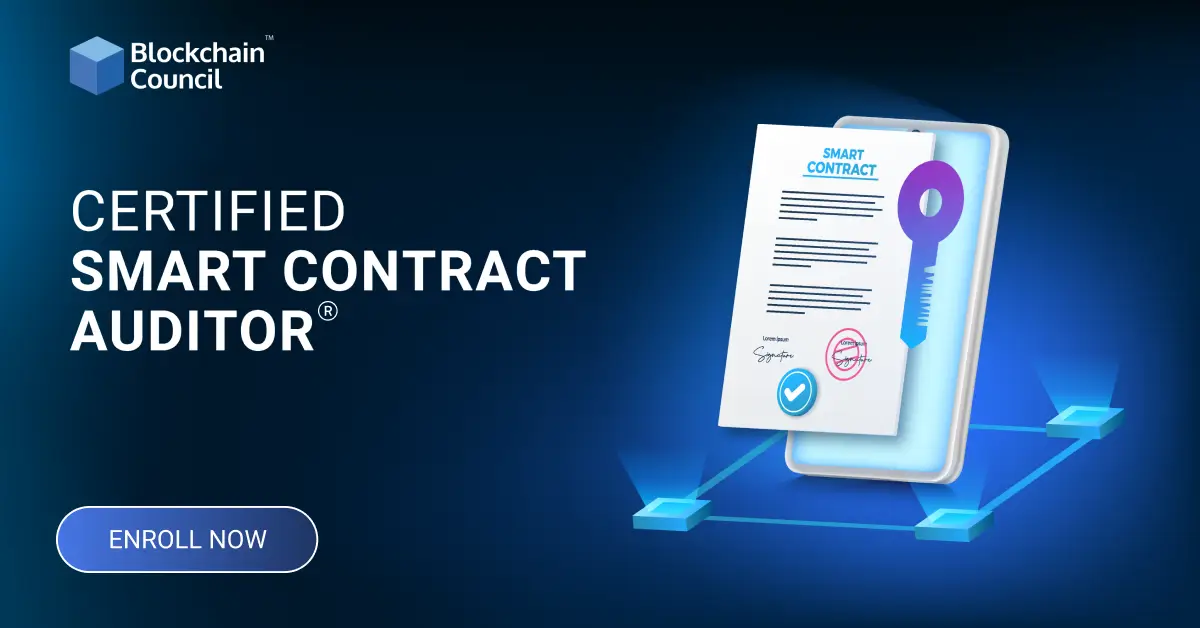




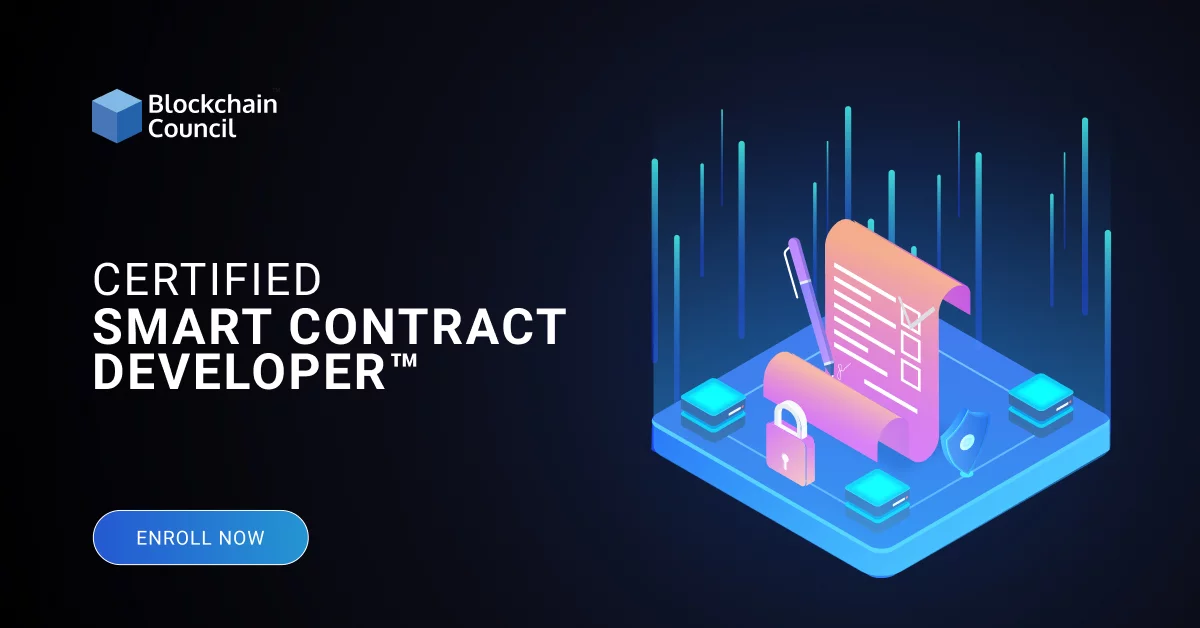




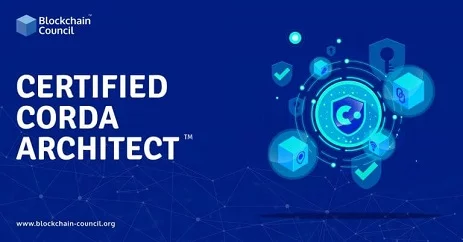





















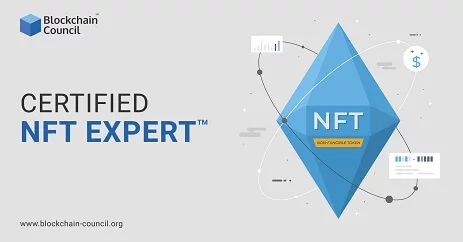

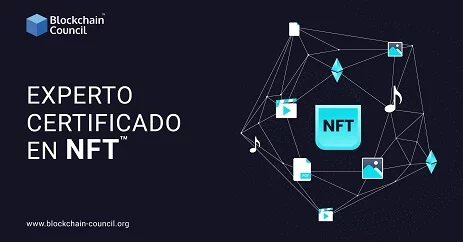
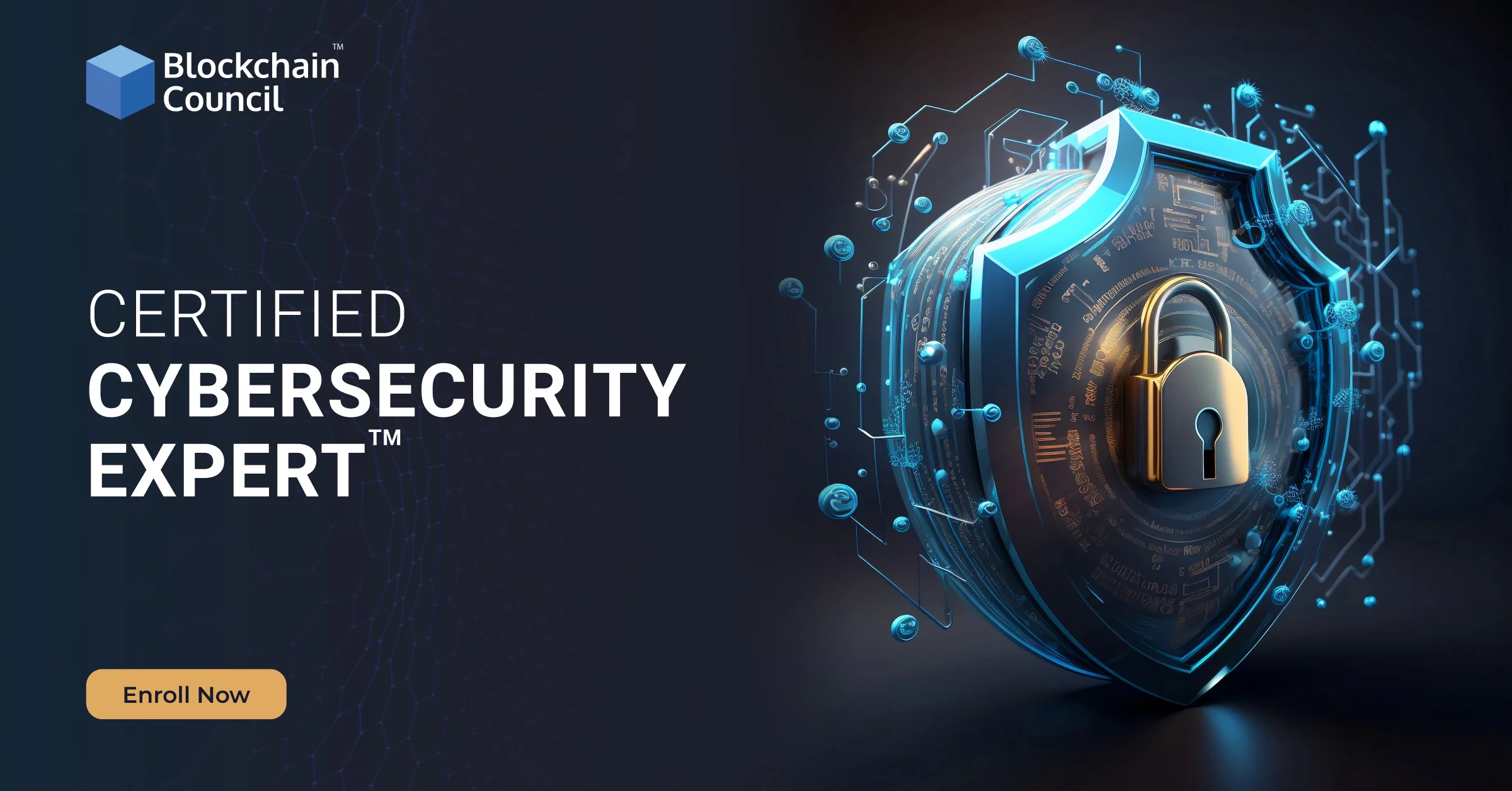
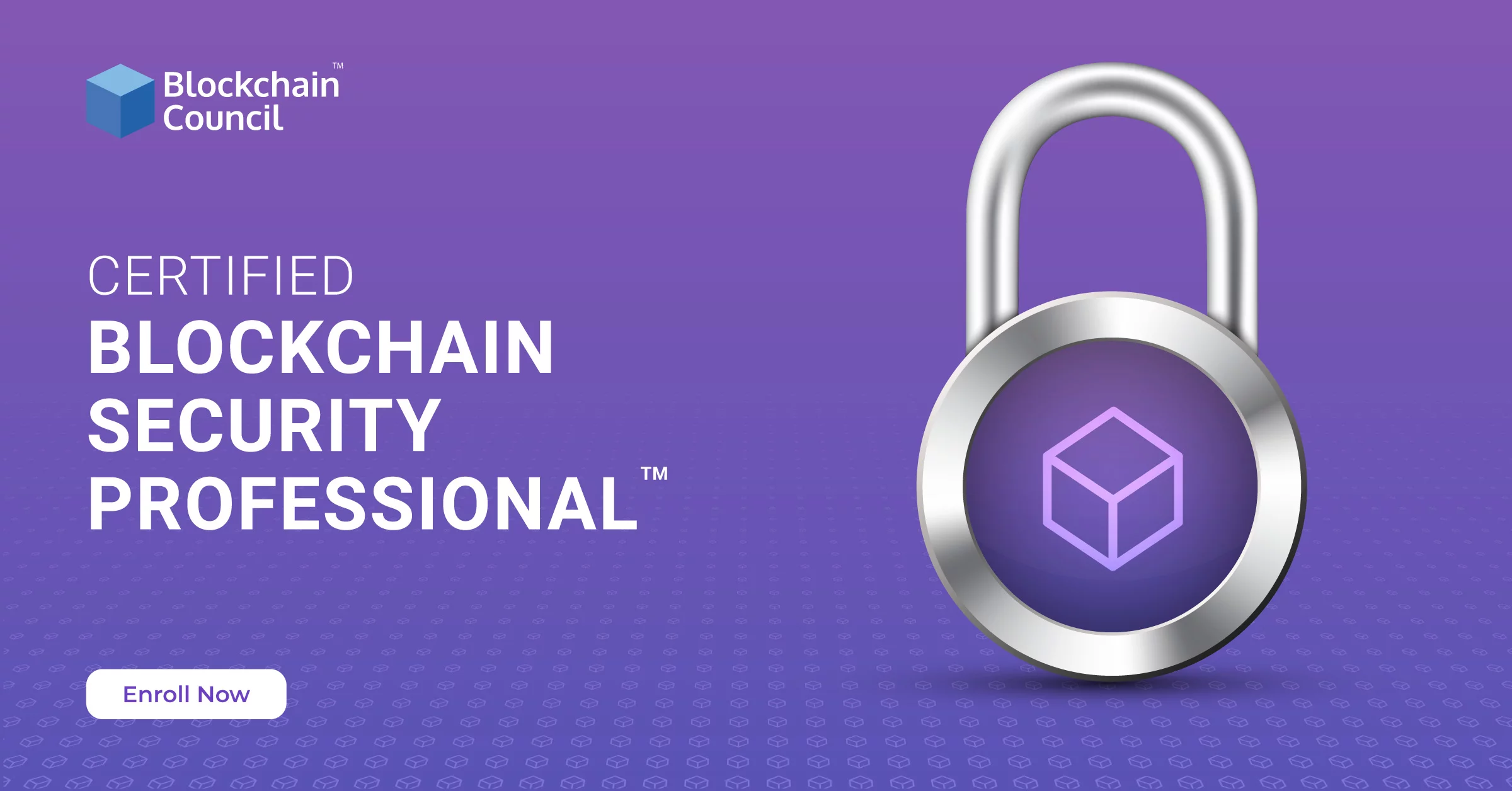

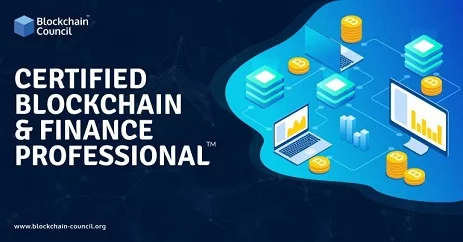
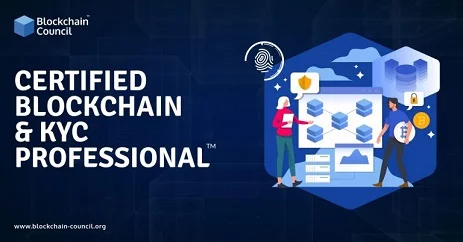

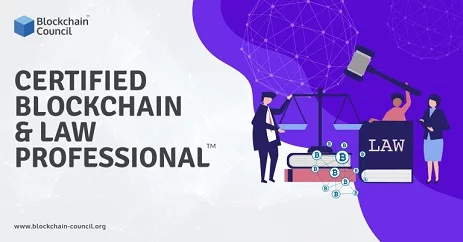
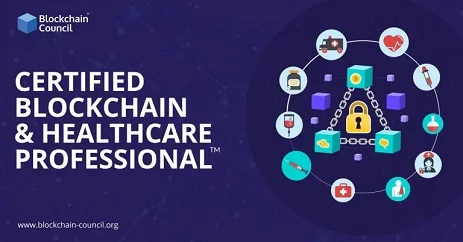
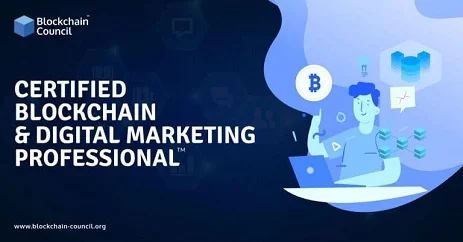





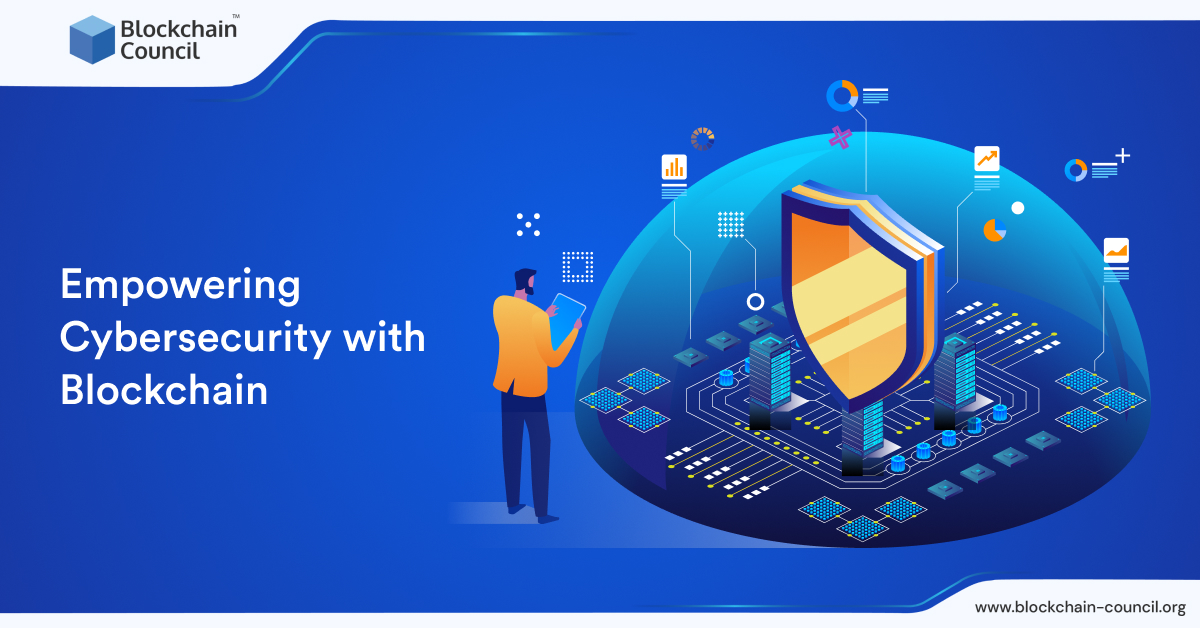

 Guides
Guides News
News Blockchain
Blockchain Cryptocurrency
& Digital Assets
Cryptocurrency
& Digital Assets Web3
Web3 Metaverse & NFTs
Metaverse & NFTs
